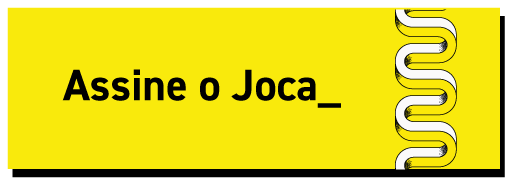Edições Impressas
11 de agosto de 2023
Company announces first Brazilian “flying vehicle” factory – Level 3
Article published in Joca 209

Eve air mobility – a part of the Embraer (Empresa Brasileira de Aeronáutica S.A.) group – announced on July 20th that its first electric vertical take-off and landing (eVTOL) aircraft factory will be located in Taubaté (São Paulo) in a recently expanded area inside the existing Embraer plant. The project awaits the final approval of authorities, such as the Environmental Agency of the State of São Paulo (Cetesb).
Commonly known as “flying vehicles”, eVTOLs, though they look alike, are different from helicopters in a number of ways, including their source of energy: helicopters run on fuel while “flying vehicles” run on electricity. For this reason, they do not emit carbon dioxide (CO2) while operating (find out more below).
Helicopters are also noisier and more powerful, and can fly for many hours, while eVTOL are silent and are not made to fly long distances (developers are betting on them becoming a kind of “urban air taxi” that will transport people avoiding traffic).
“Flying Electric Vehicles are a revolution in the transport sector, opening new possibilities for urban mobility, cargo delivery emergency services, and various other uses,” said the Taubaté city hall. The city was chosen because of its strategic geographic location on the axis between Rio de Janeiro, São Paulo, and Minas Gerais as well as the factory’s proximity to a railroad.
What are CO2 emissions?
When in motion, conventional means of transportation burn fuel (such as gasoline), and release CO2, one of the Greenhouse Effect Gases. These gases rise to the earth’s atmosphere and become “trapped” there, gathering in a layer that prevents heat from leaving the Earth. When it is intensified by human activity, it causes global warming.
Because it does not require fuel, eVTOL are considered the most sustainable way to getting around. However, all of the stages of vehicle production must analysed to confirm whether it does, in fact, release less CO2. This is because greenhouse gases can appear in any stage of the manufacturing process, including when parts are molded, and not just during vehicle use.
Sources: Embraer, Eve Air Mobility, city hall of Taubaté, and Reuters
Ixi! Você bateu no paywall!
Ainda não é assinante? Assine agora e tenha acesso ilimitado ao conteúdo do Joca.












Você precisa fazer o login para publicar um comentário.